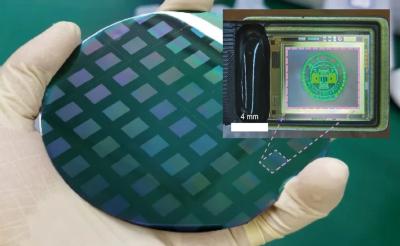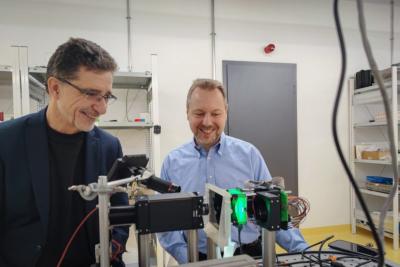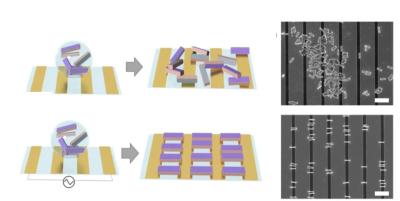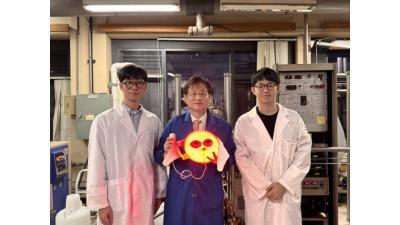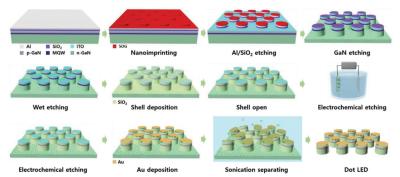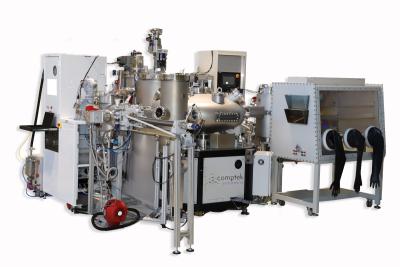Researchers develop a new method to produce microLED using remote epitaxial growth of perovskite thin films
Researchers from the Chinese Academy of Sciences, University of Science and Technology of China and Jilin University developed a novel method for the remote epitaxial growth of continuous crystalline perovskite thin films, that allows for seamless integration into ultrahigh-resolution microLED displays - with pixels less than 5 μm.
The results of their research describe a remote epitaxial growth technique that utilizes a graphene interlayer to create continuous crystalline perovskite thin films over an area of 4 cm2. This method effectively eliminates grain boundaries and achieves a pure out-of-plane crystallographic orientation. Using these single-crystalline, freestanding perovskite thin films, the researchers achieved impressive results for micro-LEDs, including electroluminescence efficiency of 16.1%, brightness of 4 × 105 cd m-2, and ultrahigh resolution with a pixel size of 4 μm.





